by Richard Holmes
It’s that time of the year again when people leave their March madness behind them and go nuts over flowers. You know, the ones that flower in all shades of pink all over Japan. There’s even a weather term named after them – the 桜前線 ‘sakura zensen’ or cherry blossom front. People will go out in droves and celebrate the blossoming of cherry trees in full bloom. Most people prefer to view the blossoms in tranquility and peace and reflect on their beauty, which could very well be summed up by a haiku by一茶 Issa:
犬の子のふまえて眠る柳かな
The sleeping puppy
pushing his feet against
the bole of the willow
(This and following haiku and translation courtesy of Stephen Gill)
I can imagine a little puppy yawning and stretching out its little paws in the warmth of the mid-day sun under a sakura canopy. But sometimes, celebration does get out hand. One of the most famous spots in Kyōto for ‘hanami’ is Maruyama Park next to Yasaka Jinja shrine. Maruyama Park is Kyōto’s oldest park and is very spacious, covering 86,00 square meters or more than twice the size of the Hanshin Kōshien baseball stadium. Because of the space it affords, it is frequented by big groups of revelers of all ages who either make use of the red-covered raised platforms provided by tea rooms or spread out their own mats on the ground. The shoes neatly arranged around them often belie the mayhem going on inside. There will often be some groups, invariably kids in their early twenties or so, who can’t handle their alcohol, get out of hand and spoil the fun for others nearby. It’s times like this that a magical Japanese expression springs to mind – 阿呆満開 ‘aho mankai’ which roughly translates as ‘idiots in full bloom’ or ‘blooming idiots.’
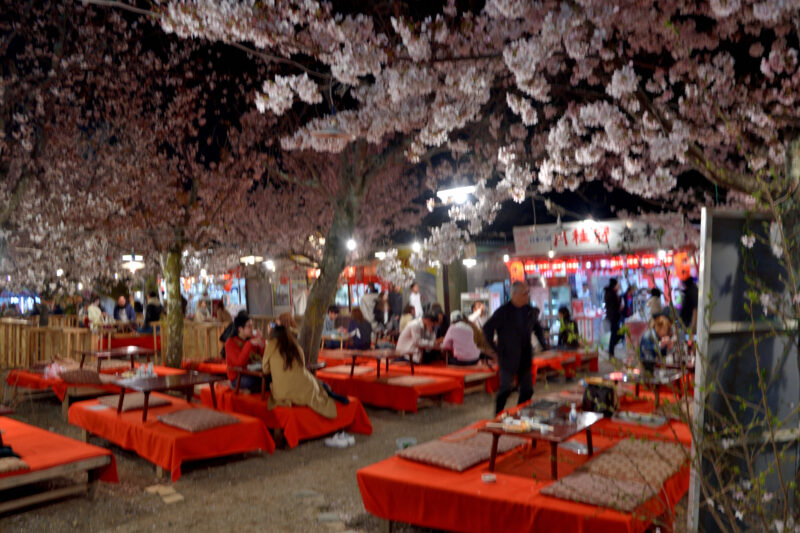
Be that as it may, viewing the blossoms at this time of year is a national pastime deeply ingrained into the culture and psyche of the Japanese. Just as plants and flowers are getting ready to emerge from their hibernation, so too are people – they are invigorated by the onrush of fresh greenery and want to shed off the gloom of winter and celebrate life. And, what better way to do it than under a canopy of flamboyant pink petals?
Part of the attraction of ‘sakura’ is its fleeting, ephemeral nature. The sight of petals blowing in the wind and fluttering to the ground will continually draw sighs from those around. In Japan, this has always been used as a euphemism or analogy of a samurai’s death in battle. During the 2nd World War, the falling of the cherry blossom was synonymous with dying a beautiful, heroic death. This was driven home to schoolchildren in pre-war textbooks, specifically, the 国定教科書尋常科用小学国語読本 (literally ‘State Textbook Elementary Course Elementary Japanese Reader’).
サイタ サイタ サクラガ サイタ ススメ ススメ ヘイタイ ススメ
Out, out, out has come the cherry blossom. On, on, on soldier, march on
(My translation)
In this respect, that famous haiku by芭蕉Bashō would have made people reflect on the frailty of their existence:
さまざまの事おもひ出す櫻かな
How very many things
they bring to mind –
the cherry blossoms
I didn’t write this piece to extol the virtues of sakura or otherwise. I want to introduce a certain subset or family of Japanese flora and plant life that, I feel, is often overlooked and neglected – namely, 山野草 ‘sanyasō’ or wild grasses and flowers. Most probably unbeknown to or hardly noticed by the majority of people, the hanami season is also a time when these plants and flora come into their own. A word – that even I as a translator find difficult to put into succinct English – I often use to describe them is素朴 ‘soboku’ or simple and unaffected (or something along those lines). They have a distinctive subtle elegance and charm that is often overshadowed by the cherry blossom which appears so ostentatious by comparison.
Here, I will introduce a few favorites of mine. Let’s begin with the山芍薬 ‘yama shakuyaku’ (Paeonia obovata or Paeonia japonica). A single bulb of this perennial peony produces a reddish stem which further branches off into two or three stems each consisting of no more than nine leaflets. I find the symmetry of these leaves most attractive, a marvel of simplicity amid Nature’s many designs. It produces only one small round bud covered in thin, gossamer-like light-green scales which gradually pops open to show yellow or orange-red stamens and red anthers. The flower is even more short-lived than the cherry blossom. Once it has come out in full-bloom, it lasts only a few days. Such fleeting drama.
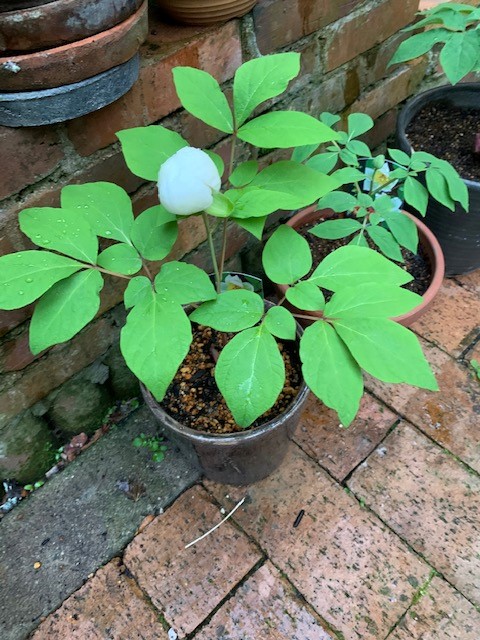
All subsequent photos are from
the palatial grounds of chez nous unless mentioned otherwise.
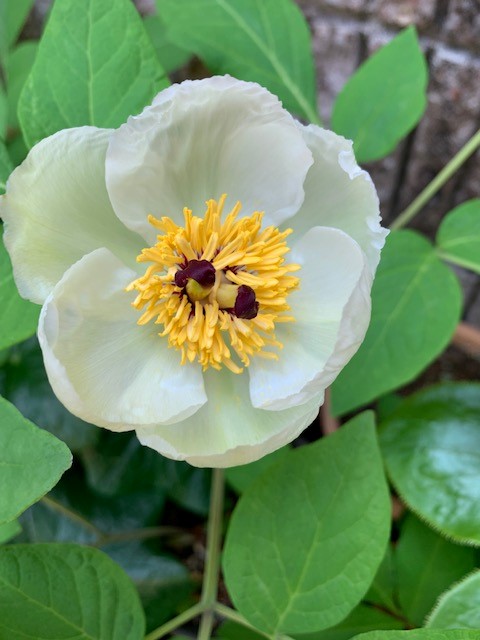
Gone in just the short space of two or three days…sigh.
Next, we have the八角蓮 ‘hakkakuren’ or Chinese May apple (dysosma pleiantha). You’ll immediately notice that each leaf is more or less hexagonal in shape and has eight or sometimes up to ten lobes. The ones in my pictures are small. These leaves, however, can grow up to 35 cm across. They have a thick texture that is always glossy and shiny and have prominent veins. The Chinese May apple produces clusters of hanging, cup-shaped, deep red or purple flowers below the leaves which grow into deep red fruit. Despite its good looks, though, you have to handle this plant with care as it is toxic. But, that green – it’s so refreshingly vivid and invigorating.
The 斑入り鳴子百合 ‘madara-iri naruko yuri’ or variegated Solomon’s seal (polygonatum falcatum) is a very hardy perennial. As you can see, its oval, pointed leaves are bordered with narrow white streaks. Its distinctive white bell-shaped blossoms dangle down from reddish arching stems and release a delicate fragrance which attracts pollinators. In late summer the flowers turn into bluish black berries, and the ribbed foliage turns a golden yellow color in autumn. Solomon’s seal thrives in the shade and stays vibrant during summer. I love listening to its faint rustle in the wind.
If you want a brighter, more vivid looking plant in your garden or flower patch, you can’t go wrong with theタイツリソウ ‘taitsurisō’ or bleeding heart (lamprocapnos spectabilis). Just look at those leaves. Aren’t they delicately inviting? They have an alluring symmetry and their vibrance is so invigorating. The flowers are not what you would expect – dainty pink-purple heart shapes dangling down from its stalks. In fact, the stalks are so heavy with flowers that they look like lures hanging down from a fishing rod. Maybe this is why the plant’s original name in Kanji (Chinese characters) was鯛釣草, meaning ‘sea bream fishing grass.’
On the other end of the feast-for-the-eyes spectrum is the うらしま草 ‘urashimasō’ (arisaema urashima (species of cobra lily)). As it emerges from its bulb, its spike looks very much like the purple conical pointed spike of the 蒟蒻 ‘kon’yaku’ or Devil’s tongue (amorphophallus rhizome). But then, things get weirder as the spike rises up and unfolds. That strange elongated thing that looks like a pitcher is called a ‘spadex.’ If you look closely, the tip of that, the appendix, elongates into a free hanging thread that can be 45 to 60 cm long which dangles down from the top leaves. After the leaves wither in summer, a fruiting spike is left to ripen in autumn. It’s a very hardy perennial and produces more bulbs under ground during the winter months. These can be broken off and repotted. If you like weird, then this is for you. However, a word of warning. Handle with care! Its red berries contain high amounts of oxalic acid which causes painful skin irritation.
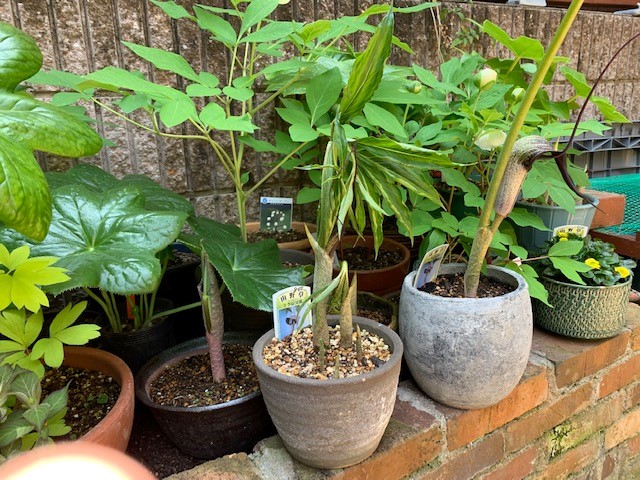
The spike then unfolds like the one in the middle
to eventually flower like the one on the right.
I’ve left this handsome fellow till last – the武蔵鐙 ‘musashi abumi’ or Japanese cobra lily (arisaema ringens) a close relative of Jack in the Pulpit. Isn’t he a real beaut! I would say that this one is a true rarity as exemplified by the paucity of people who’ve ever heard of it; say ‘musashi abumi’ to people in Japan and you’ll most likely be greeted with a look of bewilderment. They will, however, get the picture if you say its English name in a heavy katakana-ized accent – ジャパニーズ・コブラ・リリー.
This is one very intriguing plant. It grows to 12 to 18” tall. It has two stalks with three trifoliate elliptical leaves appositely facing away from each other. A flower that looks very much like a cobra head rises up from the center of these leaf stalks. This flower is a green and purple striped spathe with a hood that covers the inner yellowish white flower spike known as the spadix. If hermaphroditic, this will produce a cluster of red berries in mid to late summer when the spathe withers. As with cobras, this fellow has to be handled with kid gloves as its roots contain calcium oxalate, the calcium salt of oxalic acid which is poisonous.
All of these plants can be bought in select plant shops in Kyoto from early to mid-March onwards for reasonable prices, though some like the Japanese cobra lily can be a little pricey. (Some cut flower shops also may stock them.) They can be turned into very colorful – and quirky – potted plant arrangements. As you can see in the picture below, they don’t grow into big bulky plants. Considering the size they grow up to, their bulbs are quite tiny and can be planted in smallish pots which can be easily re-arranged as soon as they have reached their prime and their leaves start to wither.
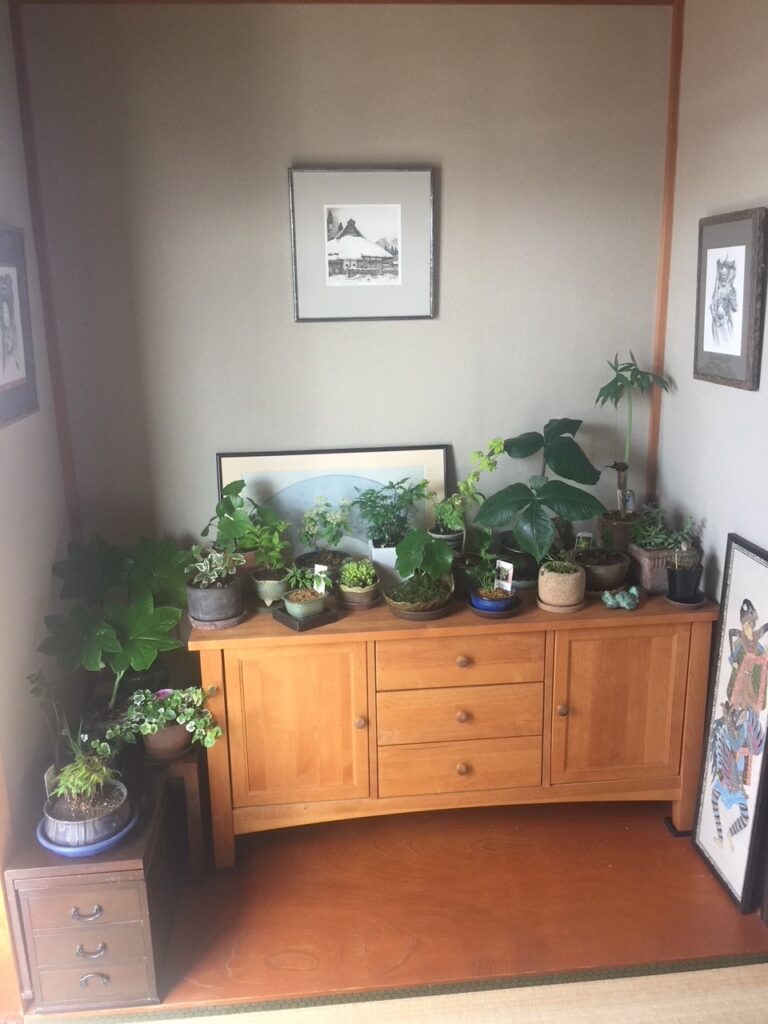
If you live in Kyōto, I would recommend a visit to the Suzaku-no-Niwa Garden and Inochi-no-Mori (Living Forest) near the Umekōji Train Museum. Admission is 200 yen but it is well worth it. They have been, in my view at least, artfully landscaped and offer a view of flora and other plant life that you would normally not have the chance to see up close in an inner city. I recommend allowing yourself at least two or three hours to go around and enjoy what they have to offer. I find it quite surprising that these gardens are located only a short distance from the main station of a major city – a veritable green oasis. You can find out more about these gardens at:
http://www.kyoto-ga.jp/umekouji/area/pdf/suzaku-inochi_eng.pdf
This time of the year is vibrant and invigorating not just for colorful sakura but also for lovely, little things that tend to go unnoticed. Why not collect and plant or pot a few yourselves to brighten up your garden? Something else to look forward to in spring every year.

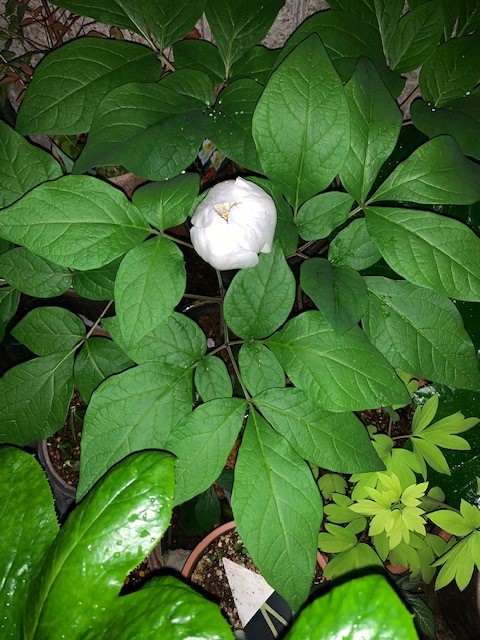
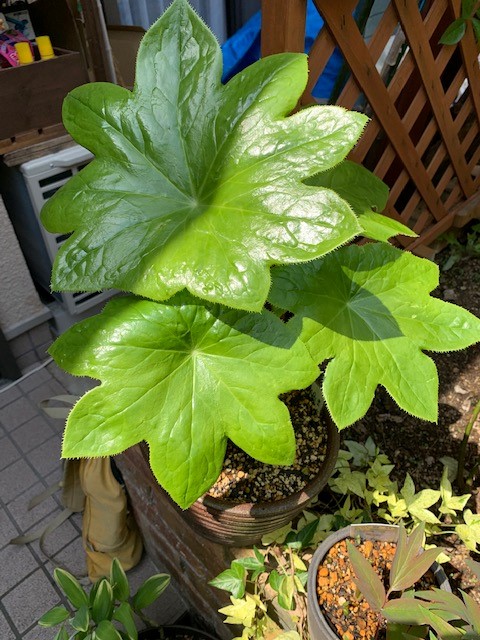
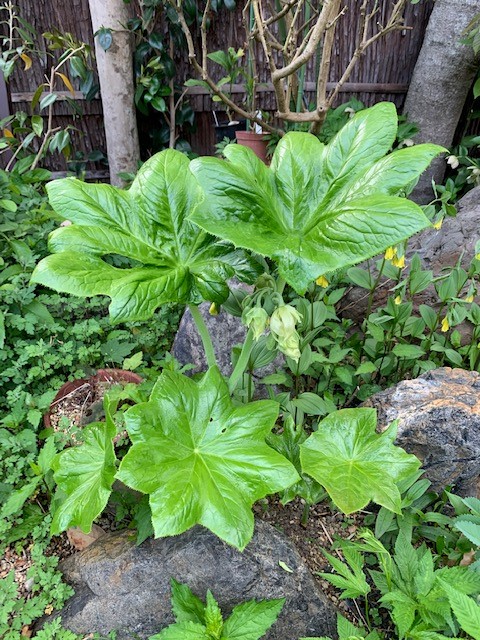
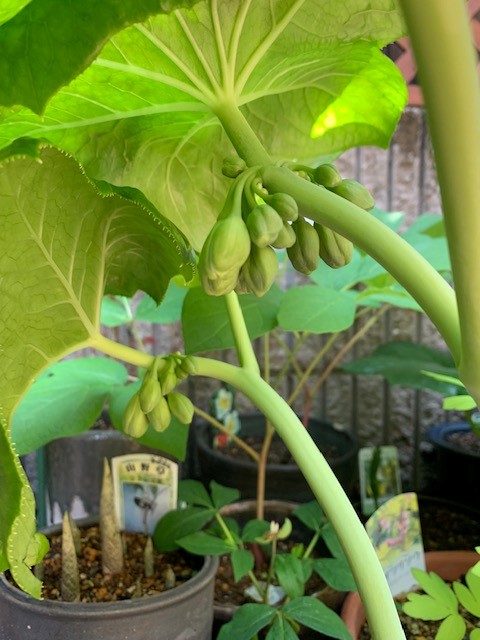

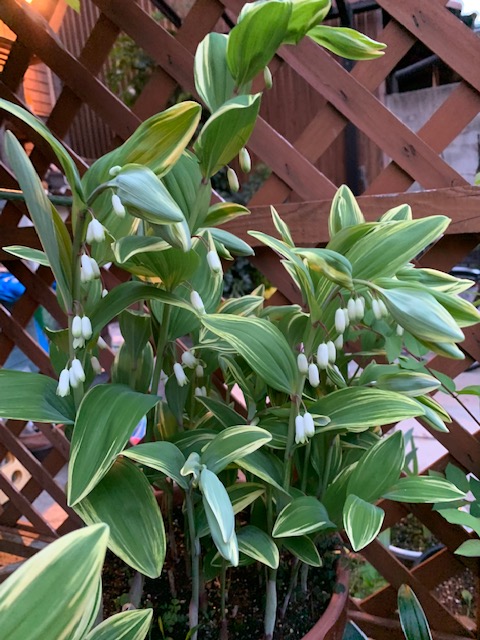
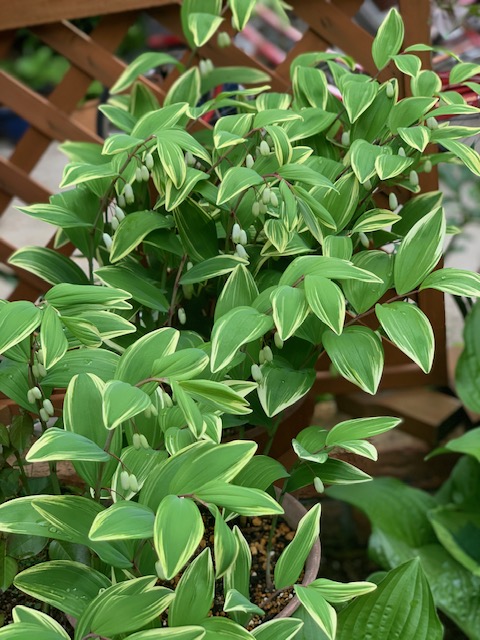
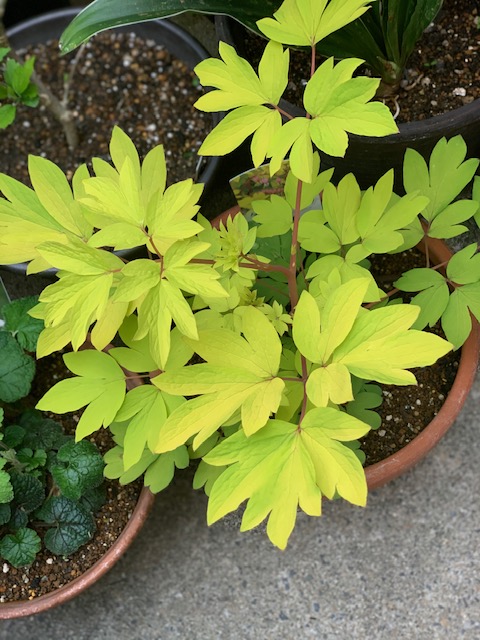
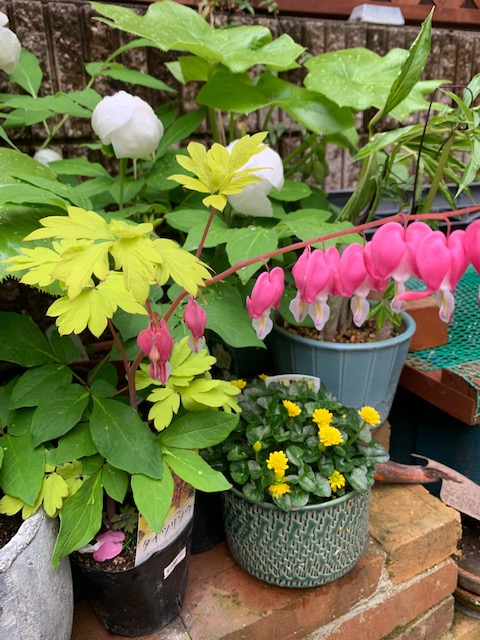
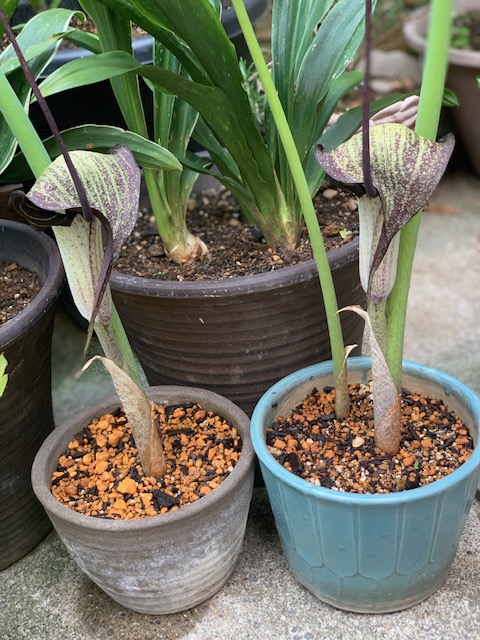
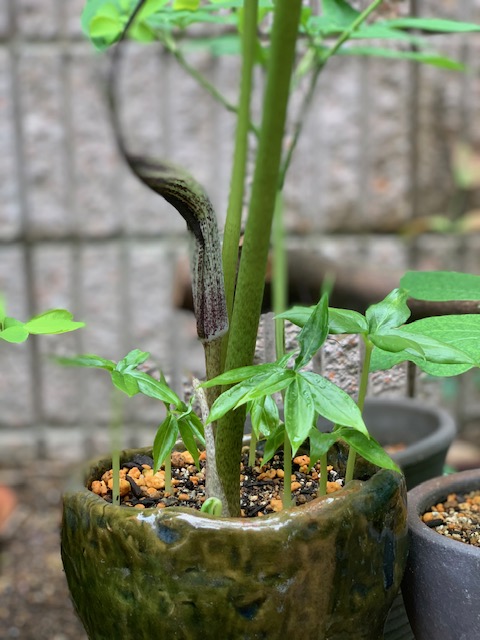
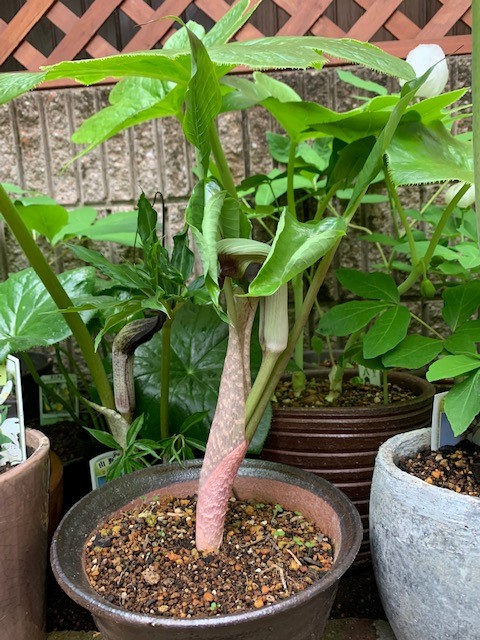
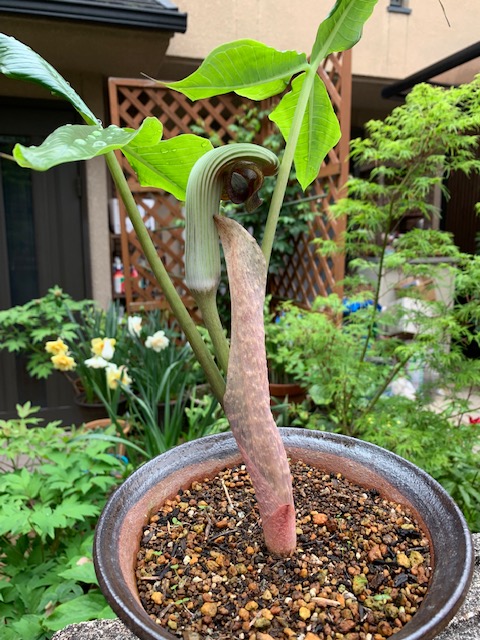
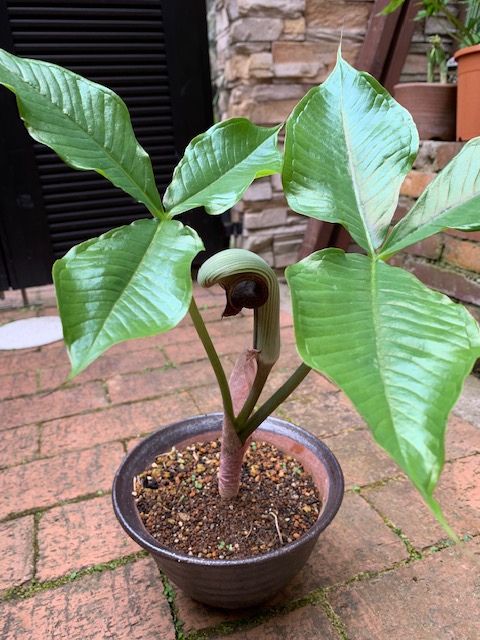
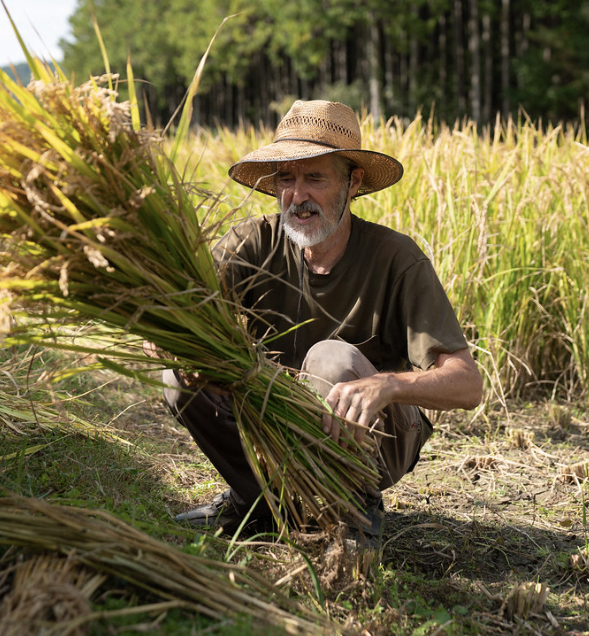





Recent Comments